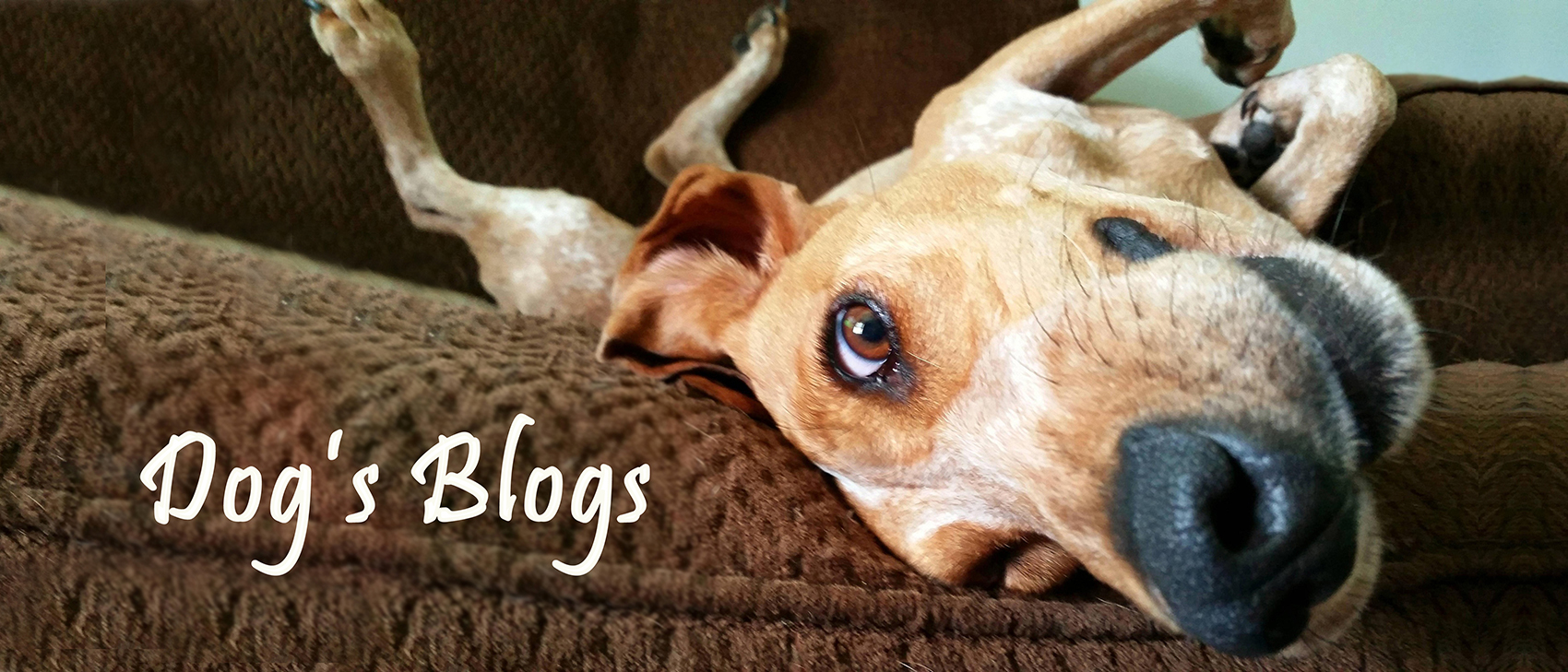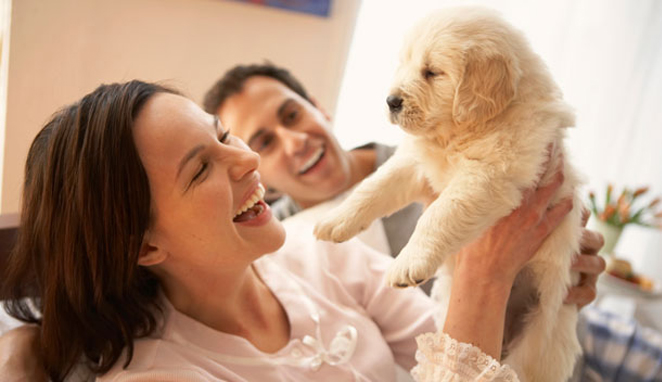Puppies easily win over our hearts in a single beat. You are without a doubt totally in love with your new puppy. However, issues that are perhaps only small now tend to grow bigger along with the dog. It is fairer to the dog and easier for you if you teach your puppy good manners from the start. Correcting bad behaviour later on will always be more difficult.
Typically, the first thing people think of, in terms of puppy training, is commands like ‘sit’ and ‘drop’. In reality, any dog under the age of 10 can learn obedience commands quickly, so there is actually no rush. Instead of focusing on how to teach your puppy, you will do yourself a grand favour by focusing on how to raise your puppy.
There are a few things that are essential to get right from Day no 1. Use this as a check list and as your guarantee of getting off to a good start.
Prevent Separation Anxiety
It is not natural for a puppy to be completely alone without its mother and its littermates. Your puppy will instinctually get anxious about the separation and try to change the situation by whimpering. Take the first chance you get to train your puppy to cope with being alone.
At the age of 8 weeks, your puppy only has very little capacity for feeling fear. With age, your puppy will gain a much stronger expectation and sense of entitlement to have direct access to you. If you wait to train, your puppy’s anxious reaction will only get worse. Training your puppy to be alone right from the start is much easier and less traumatic than it will ever be in the future. Here is how to do it:
- When bringing the puppy inside, head straight for an area where you can prevent it from having access to humans. It could be in a puppy pen, in the laundry or outside in the garden. Stay in this area with your puppy until everyone has had time to enjoy the puppy’s arrival and it has familiarised itself with the new surroundings (at least 10 minutes).
- Then leave the area, so that your puppy is alone and has no physical access to any humans. Chances are that your puppy will cry to make you come back.
- Wait to go back to your puppy until it has become completely quiet, relaxed and accepting of the separation. Realising that it can feel good and safe while being alone, your puppy will become accepting of the separation much quicker for each time it has the same experience. You are simply helping your puppy to get used to it.
- If you do go back, you have just taught your puppy that making noise is how to get you to come back. Don’t do that.
- If you first ignore your puppy, but then cave in after 10 minutes… or 1 hour… or 3 hours… then you have just taught your puppy that persisting and intensifying the sound is how to make the strategy work. It will do the same thing next time. Don’t do that.
- Construct frequent separations so that your puppy gets plenty of practice in being alone. 3 -5 times per day would be a good ratio. It doesn’t matter how many minutes the separation lasts, it only matters that your puppy is quiet, relaxed and accepting at the time when you reconnect with it.
- Randomise the nature of the separations, so that your puppy experiences being alone outside, being alone in a room and being alone in public. Make sure that your puppy gets to learn the same lesson in all the different likely scenarios in your lifestyle.
Accelerate the Toilet Training
Toilet training is essentially creating a habit for your dog to go to the toilet in a certain area (outside) every time. The more often you get your puppy to toilet outside, the stronger the habit becomes. Every time your puppy toilets inside, it’s an exception to the pattern and fails to support building the habit.
Dogs naturally don’t want to toilet inside their den. In most cases the puppy will be toilet trained once it understands what area is the den and what’s outside it. It’s often hard for a new puppy to grasp that a big open house with panoramic windows is the den. Here’s how to make it happen:
- Limit your puppy’s access to a small part of the house. Once your puppy is reliable in that area, gradually expand the area to the rest of the house.
- Feed your puppy in the area in which you are currently toilet training your puppy. It’s a great idea to always place the food bowl where your puppy last had an accident.
- Take your puppy outside every time it eats, drinks, wakes up or has played for more than 10 minutes. Most puppies need to toilet every 40-60 minutes, unless they are sleeping. If your puppy has stayed outside, while you were not at home, do not let it inside until it has gone to the toilet first.
- If you catch it in the act, scoop up your puppy and rush it outside with a sense of urgency.
- Do not scold your puppy for going to the toilet inside. You’ll only teach your puppy to hide and do the accidents when you are not paying attention. It may also refuse to go to the toilet in front of you when you take it outside in the garden.
Avoid Rewarding Your Puppy’s Annoying Behaviour
Puppies are insatiable attention seekers. Although they are cute and deserve your attention, make sure that your puppy knows when to leave you alone. In particular, make sure that you do not train your puppy to perform annoying behaviour to get your attention.
Typical attention seeking behaviour that you will not appreciate when the inconvenience has grown bigger along with your dog’s size are: jumping up against you, barking at you, chewing your shoe laces, chasing your feet, pawing or nudging at your leg and stealing stuff such as tissues, socks and children’s toys. Here’s how to prevent the problems:
- At times when your puppy is being attention seeking, avoid giving your puppy any attention. Do not offer eye contact, talk or touch the puppy with your palms.
- Make the puppy’s game ineffective or even uncomfortable. You could for example leave the room and close the door behind you. -Or walk straight towards your puppy forcing it to run away from you. -Or take its bed or favourite toy and keep it in your arms and out of reach (when it has stolen your belongings).
- Do not chase your puppy or let it tease you into acting frazzled. Your puppy’s attention seeking game is a test to your ability to stay in control. Do not in any way let off that you lost it.
Beware Of Habituation & Socialisation
While your puppy is still under 16 weeks of age, it is very capable of coping with new sounds, movements and surfaces. After that age, it will be suspicious and even fearful of new experiences. They will appear as foreign, unusual or just not matching its expectations. It is important that you habituate your puppy to many different sounds, movements and noises while it is still young. That way, your puppy will avoid stress from encountering unfamiliar things in its environment.
In addition, it is important that you socialise your puppy. The concept of meeting strangers –individuals that are not members of the usual pack- is very unnatural for dogs. In particular, it is very abnormal for them to let strangers into their own den, hence why dogs often bark and jump up at visiting humans or attack visiting dogs. Here’s what to do:
- Expose your puppy to stranger men (=known them for less than 10 minutes). Especially men with beards, hats, hoods, glasses, umbrellas, uniforms, big bodies and deep voices and men coming into your own home.
- Expose your puppy to stranger dogs that may belong to friends or family, so that you know with certainty that they are vaccinated and healthy. Also grab the opportunity to let your dog socialise with unfamiliar dogs at puppy school. Professionals will be there to supervise and advise on what is happy and friendly play.
- Expose your puppy to sounds like thunder, fireworks, dog barking, door knocks, crying babies, loud machines and air whistling. You’ll find a handy compilation of puppy habituation sounds on our Youtube channel (turn the volume down to zero before you click the link!).
- Expose your puppy to bouncing balls, flagging arms, rolling trolleys and wheely bins, and fabric waving high up in the air.
- Expose your puppy to slippery, shiny, slanting and unsteady surfaces. Also practice standing or walking near ledges and walkways with gaps between the slaps. Once your dog has mastered ordinary stairs, you can start practicing on open slab staircases.
Pick The Right Vet For The Puppy Vaccinations
- Pick a vet that offers the most modern vaccination type, which only requires 2 shots. The second shot is often given at 12 weeks of age, but it can be given at 10 weeks. This means that your puppy will be safe to socialise with random dogs in public already at 11 weeks of age. This is a huge advantage to your puppy’s confidence and its joy of meeting other dogs throughout life, not just while it is young. Also, you’ll save yourself the cost of a third vet consultation.
- Avoid vets that use the old fashioned vaccination type, which requires the puppy to have 3 shots. With this vaccination programme your puppy will not be ready to socialise until 17 weeks of age. Holding back your puppy from socialising with unfamiliar and stranger dogs in public can easily affect your dog for life. Even if it seems fine as a young puppy, it may start showing overly timid or even fear aggressive behaviour towards dogs in the street or in the dog park later.
In our Basic Package of puppy classes, you will learn how to teach your puppy to be patient, self-disciplined and focused when training. In our Advanced Package, we teach you how to get your puppy to listen to you and respect your house rules. Our Master Class Package is for those who are on a roll and ready to complete their puppy’s training as a well behaved pet at all times, when out and about as well as in the home.
We hope to see you in class soon and wish you and your puppy a great start to living together.


